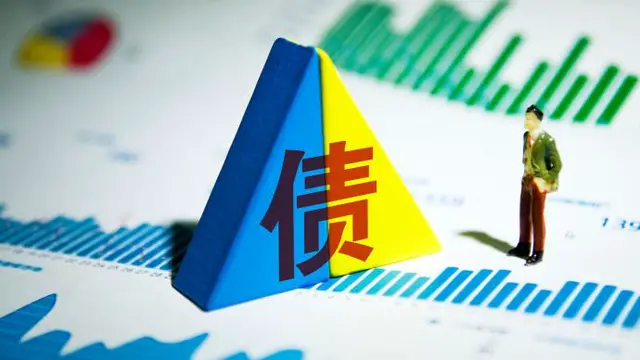2018 marks 40 years of China’s reform and opening up.
And the world’s second-largest economy has seen a remarkable transformation in its financial systems since.
Shenyang Finance Museum in northeast Liaoning Province is the perfect place to understand the modern history of money in China.
Shenyang used to be known as Shengjing when it served the capital of Qing Dynasty in the 17th century. Being one of China’s most important cities for nearly 300 years, it’s rich in history, and of course, assets.
The Shenyang Finance Museum is a world cultural heritage site, but back in the day, it used to be the headquarters for the defunct Frontier Bank, where the family of warlord Zhang Zuolin kept their secret financial stash.
Zhang seized the bank in the 1920s hoping to take a dominant position in politics, and also control the economic lifeline of northeast China.
Today, the bank-turned-museum tells us the history of money in China – from the earliest dynasties to the present day – with rare artifacts. It traces the history of the currency, and even covers everything from counterfeiting to Internet finance.
The museum incorporates a few different exhibitions in a number of rooms and floors.
There's the small exhibition on the history of the building itself. Then there's the history of Chinese currency from Jin Dynasty to today's credit cards.
There's also a display of different paper currencies from around the world – like a hundred million dollars bill from Zimbabwe and the world’s most expensive note: A 10,000 Singapore dollars bill.
As China marks 40 years of its reform and opening up, the Shenyang Finance Museum is just the right place to trace the development and transformation of a financial system.
(CGTN)
 简体中文
简体中文





